Phd Application Cover Letter Template Guide
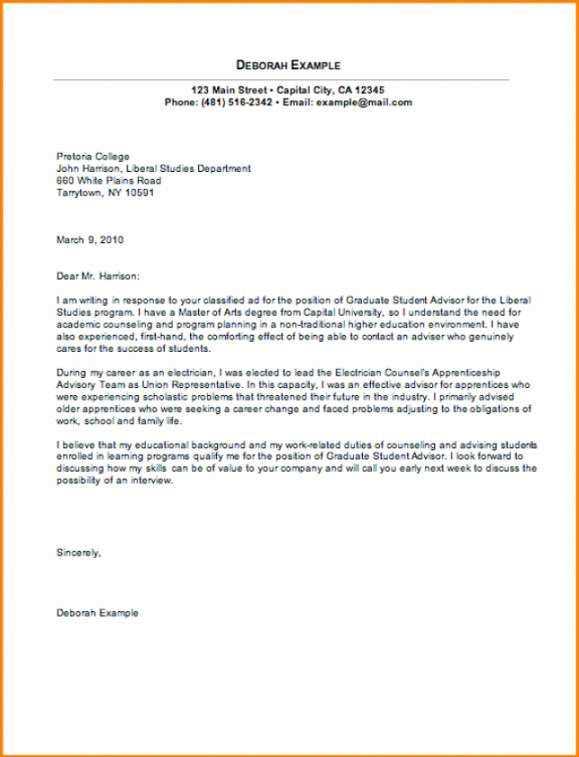
When applying for advanced academic positions, presenting yourself effectively is crucial. A well-structured and compelling document can make a significant difference in how you are perceived by admissions committees. This section focuses on helping you create a standout submission that highlights your qualifications and interest in the program.
Understanding the purpose of this document and how to structure it is key to ensuring that your message is clear and persuasive. By focusing on relevant experiences, skills, and motivations, you can tailor your approach to each opportunity, giving you the best chance of success.
Learn the important elements that should be included, how to avoid common mistakes, and how to make your submission not only professional but also engaging. A thoughtful and polished document can set you apart in a competitive field.
Essential Components of a Phd Cover Letter
Creating a strong submission for graduate programs requires including key elements that effectively communicate your qualifications, motivations, and suitability for the position. It’s important to structure your document to capture attention, making sure each section serves a purpose and contributes to your overall appeal.
Below are the crucial components to include for a well-rounded and professional document:
| Component | Description |
|---|---|
| Introduction | Start with a brief introduction, mentioning your current academic background and the specific program you’re interested in. |
| Motivation | Explain why you are interested in the program and how it aligns with your long-term goals. |
| Academic Achievements | Highlight key achievements and relevant experiences that demonstrate your qualifications for the program. |
| Research Interests | Discuss your specific research interests and how they align with the program or faculty expertise. |
| Closing | End by expressing your enthusiasm for the opportunity and your willingness to provide additional information if needed. |
How to Tailor Your Letter for Specific Programs
Adapting your submission for each program is essential to demonstrate a genuine interest and fit. By customizing your content, you show the admissions committee that you’ve thoroughly researched their offerings and understand how your background aligns with their objectives. Tailoring your approach increases your chances of standing out among other candidates.
Start by reviewing the program’s unique features and requirements. Highlight aspects that resonate with your experience and future goals. Mention specific professors, research areas, or academic initiatives that excite you and align with your aspirations. Show that you are not only a good candidate but that you have a clear vision of how you would contribute to the program’s community.
Another key factor is adjusting the language to reflect the tone and values of the institution. Whether they emphasize innovation, collaboration, or leadership, make sure your message aligns with these qualities. This thoughtful approach will convey your understanding of the program’s ethos and your readiness to be a part of it.
Common Mistakes to Avoid in Applications
Submitting a poorly structured or unclear document can significantly hurt your chances of being considered for a graduate program. By recognizing common pitfalls and taking steps to avoid them, you can present yourself in the best light. Below are some frequent mistakes to watch out for when preparing your document.
Lack of Personalization
One of the biggest errors is submitting a generic document that doesn’t show a clear connection to the specific program. Avoid using a one-size-fits-all approach. Always tailor your content to the program’s values, goals, and research focus.
- Not mentioning specific professors or research initiatives.
- Failing to explain why the program is a good fit for your goals.
- Using overly general statements that lack depth.
Ignoring Structure and Clarity
A cluttered or disorganized presentation can detract from the strength of your argument. Make sure your document is easy to follow and professionally formatted.
- Neglecting to follow a clear structure that guides the reader through your points.
- Overloading your content with jargon or complex sentences.
- Forgetting to proofread for grammar and spelling mistakes.
Tips for Writing a Persuasive Letter
Creating a compelling and convincing document is key to capturing the attention of the admissions committee. To stand out from other candidates, you need to clearly express your strengths, motivations, and fit for the program. Here are some strategies to help make your submission more persuasive and impactful.
- Highlight Your Unique Qualities: Emphasize what sets you apart from other applicants. Focus on your skills, experiences, and perspectives that directly relate to the program.
- Be Specific and Focused: Avoid vague statements. Provide concrete examples that demonstrate your academic achievements and your potential contribution to the program.
- Maintain a Confident Tone: Show enthusiasm and confidence in your abilities. Convey that you are not only qualified but also passionate about the opportunity.
- Research the Program: A personalized approach is crucial. Refer to specific aspects of the program that align with your academic interests and long-term goals.
- Be Concise and Clear: Keep your message focused and avoid unnecessary details. Admissions committees value clarity and brevity, so make every word count.
Formatting Guidelines for Professional Appeal
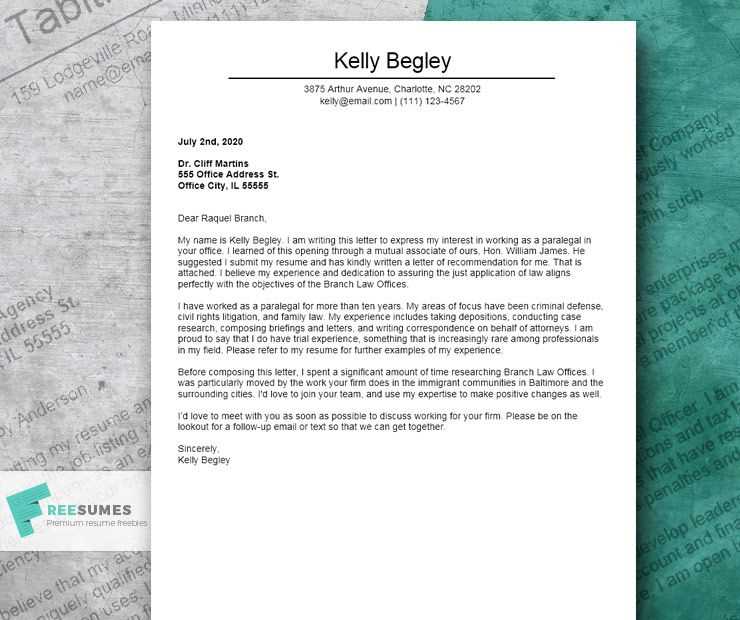
The presentation of your document is just as important as its content. A well-organized and neatly formatted submission conveys professionalism and ensures that your message is easily readable. Following specific formatting guidelines can make your document stand out and leave a positive impression on the reader.
Structure and Layout
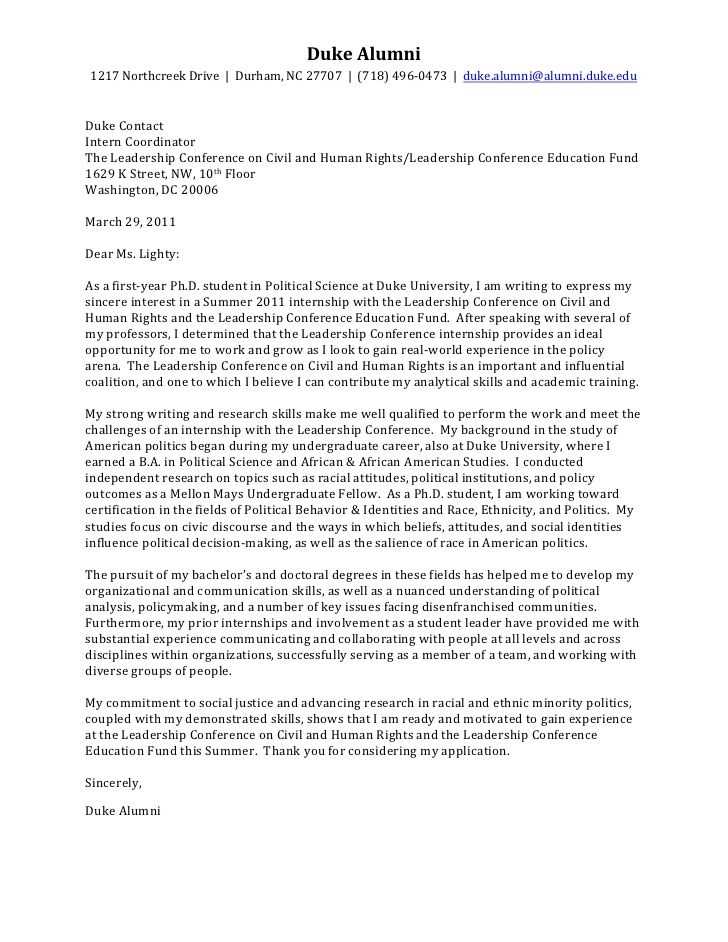
Ensure that your document has a clear and logical structure. Each section should flow smoothly into the next, with adequate spacing between paragraphs. This helps the reader follow your argument without feeling overwhelmed by dense blocks of text.
- Use a clean and readable font, such as Arial or Times New Roman, in 11 or 12-point size.
- Maintain uniform margins, usually around 1 inch on all sides.
- Break the text into short, digestible paragraphs to improve readability.
Consistency and Professional Tone
Consistency in formatting is crucial to maintain a polished appearance. Make sure that all elements, from headings to bullet points, follow a cohesive style. A professional tone should be maintained throughout, using formal language and avoiding casual expressions.
- Use bold or italics sparingly, only for emphasis on important points.
- Ensure all dates, names, and titles are consistently formatted and accurate.
Examples of Strong Phd Cover Letters
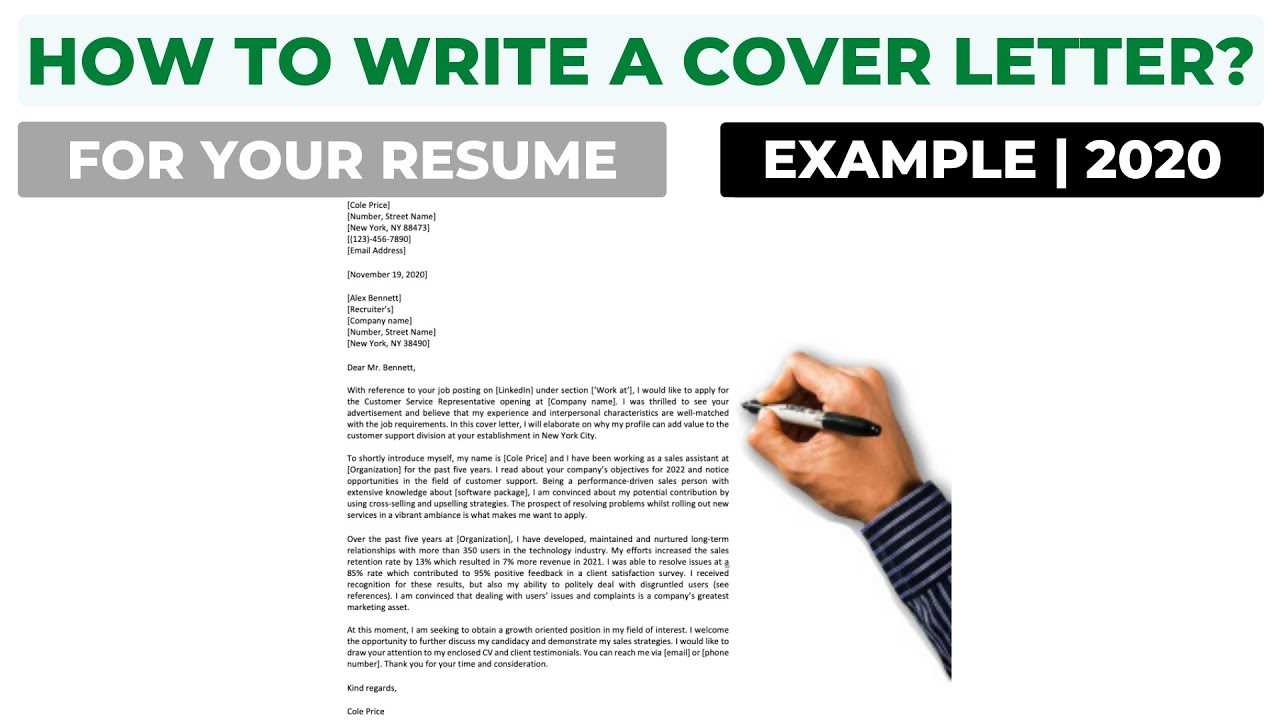
Seeing practical examples of successful submissions can provide valuable insight into how to craft your own. A strong document effectively combines personal motivations with professional qualifications while maintaining a clear, focused, and concise structure. Below are examples highlighting key elements that make such documents stand out.
Example 1: Research-Focused Document
This example emphasizes the applicant’s academic achievements and research interests while demonstrating how they align with the program’s goals.
- Introduction highlighting academic background and specific research interests.
- Clear connection between previous work and the program’s offerings.
- Strong focus on how the applicant’s expertise can contribute to ongoing projects in the program.
Example 2: Motivation and Fit
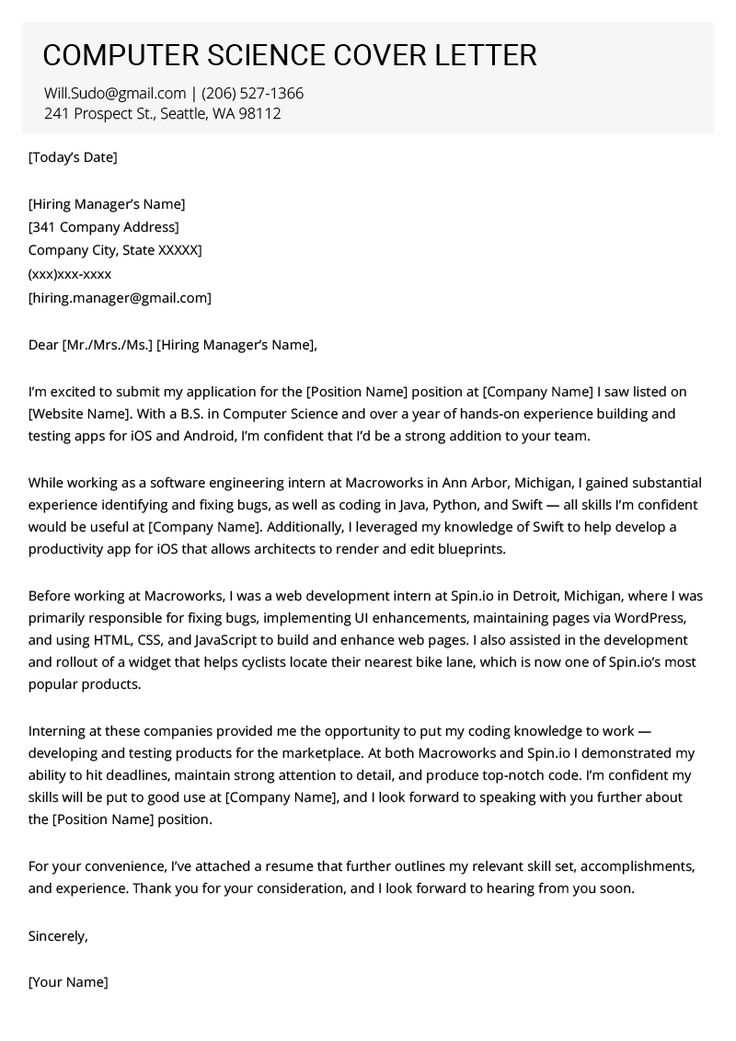
In this example, the applicant explains why they are passionate about the program and how it fits their career aspirations.
- Explanation of personal motivations for applying to the program.
- References to specific faculty members and how their work influences the applicant’s goals.
- Discussion on how the program’s culture and values resonate with the applicant’s career path.